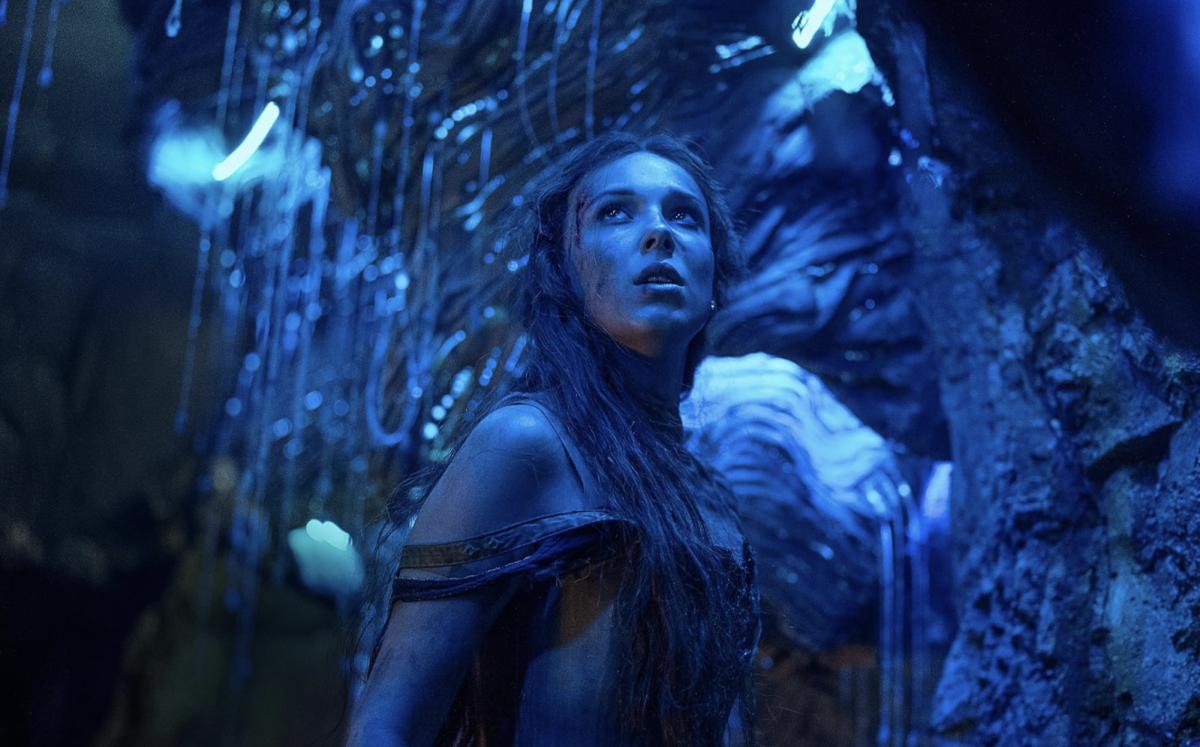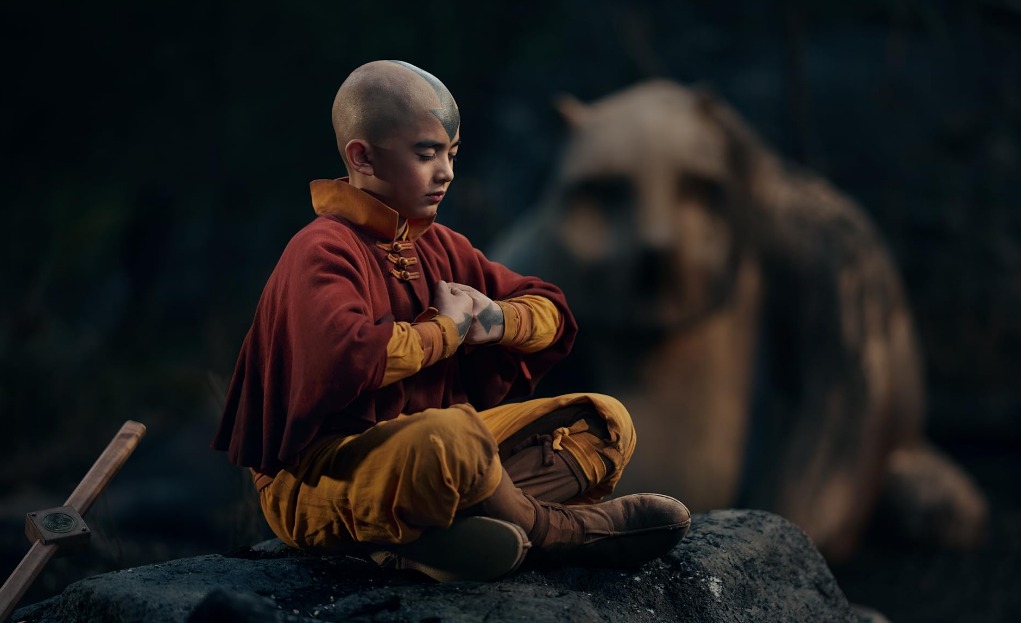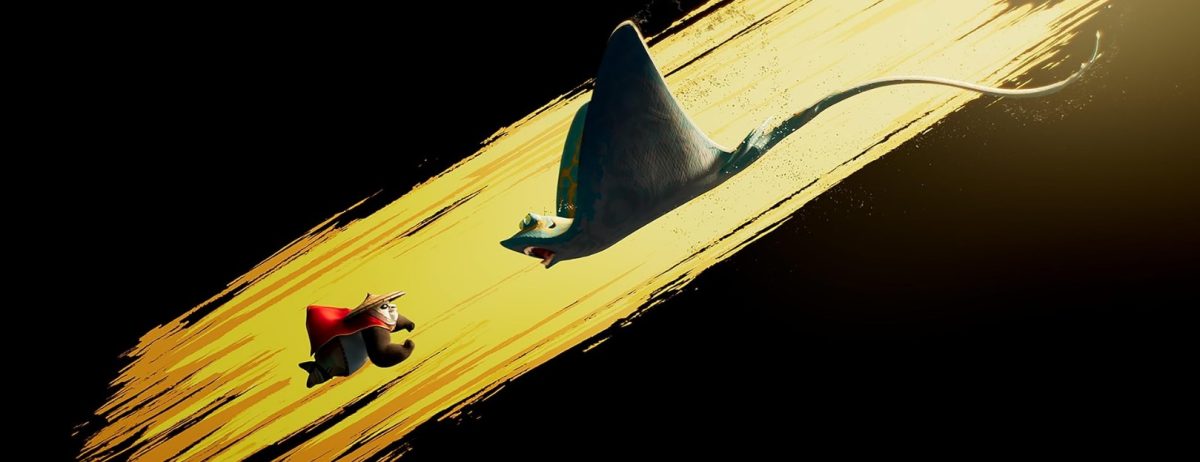
★★★★☆
While “Goodbye Christopher Robin” provides a meticulous history of A.A. Milne’s popular children’s series “Winnie-the-Pooh,” it also leaves the audience with much more than knowledge of the book’s publication history. Hidden beneath the trappings of high production value and a nationwide release, Simon Curtis’ latest film offers a refreshing perspective on family, success and war, one that may irreversibly change how members of the audience think about their favorite children’s series. The film’s surprising plot, emotional performances and skillful direction make it incredibly rewarding to watch.
After witnessing the horrors of World War I, Milne, played by Domhnall Gleeson, returns home to find that life in London’s West End seems ideal for his family, his success as a playwright and his budding social life.
One problem, however, haunts Milne. Because he suffers from post-traumatic stress disorder, every popped balloon and opened champagne bottle drags him back in time to the horrors of the trenches he fought in during the war. Compelled by a desire for quiet, Milne, his wife Daphne, played by Margot Robbie, and his son Christopher Robin, played by Will Tilston, move to a house in Sussex, a county in the countryside of England.
At their home in the country, Milne is thrust into a more active role in his son’s upbringing. The father-son relationship that develops out of this situation is heartwarming and, as Milne soon learns, very lucrative when written in prose.
After writing the first volumes of “Winnie-the-Pooh,” based on Christopher Robin’s inventive games and stuffed animals, the Milnes’ lives are consumed by media attention and international fame.
The eight-year-old Christopher Robin must travel, give interviews and sign autographs to keep up with his father’s growing profits.
The books, rather than the time spent with his father, come to define the boy’s childhood, tragically estranging him from his family and peers. This dynamic becomes the central issue of the film and drives the plot until the very end.
The success of “Goodbye Christopher Robin” rests largely on the impressive collective performance by the cast.
Each character in the film is given a distinct personality through nuanced acting performances. Milne, at first reserved and uptight, bottles up his visceral flashbacks and shows little emotion. The changing circumstances of his life are reflected clearly in his character development and played with great aplomb by Gleeson, as he eventually transforms into a sensitive and proud father.
Despite being given some distinctly adult lines, the 10-year-old Tilston successfully depicts the young Christopher Robin as a curious, witty and innocent child affected by the damaging events that surround him.
When the film flashes forward 10 years, the devastating effects of these events are elucidated in Alex Lawther’s commanding performance as the older Christopher. Despite these successes, there are moments of stiffness throughout the film, especially between Gleeson and Lawther, whose relationship frequently fluctuates throughout the second half.
Curtis’ directorial style is polished and well-suited to the historical nature of the film.
The cinematography is dynamic, constantly developing on its style to accommodate different kinds of scenes. Dramatic conversations are marked by quick, clinical cuts and close-ups, whereas the natural freedom of Robin’s forest games is conveyed through long, high-angle shots. Milne’s flashbacks are dark and stormy, whereas almost every other scene plays out under bright light, natural or otherwise.
The scoring is serene and timely, never conspicuous but instead serving as an emotional compass, guiding the audience through the film’s turbulent atmosphere. Stylistically, this film somewhat resembles Tom Hooper’s “The King’s Speech,” as both films share the mission of depicting historical figures in an accurate yet compelling way.
The narrative structure is cyclical, beginning with a moment from 1941 that is only given context near the end of the film. This structure lends itself to one of the film’s principal concerns — important historical details, like the fact that the creation of Winnie-the-Pooh is connected to the misery of a young boy’s childhood, are lost over time.
“Goodbye Christopher Robin” is remarkably rich in thematic elements. The depiction of Milne’s mental illness highlights the utility of art in overcoming traumatic experiences, for it is only after his son inspires the stories of “Winnie-the-Pooh” that Milne’s flashbacks begin to fade.
By placing so much emphasis on the scenes surrounding the Milnes’ collaborative storytelling, Curtis demonstrates that great art comes from a melding of childlike creativity with adult skill. The film treats the commercialization of art in an ambivalent way, demonstrating its potential to both inhibit creativity and provide widely available relief from war’s trauma.
Above all, “Goodbye Christopher Robin” is concerned with the unnatural dangers of fame, represented by intrusive reporters and social estrangement. This fame, the film seems to suggest, can compromise families, childhood and entire lives. Thus, the story of Christopher Robin must be interpreted as a warning to artists as well: Never let fame get in the way of what really matters.




















